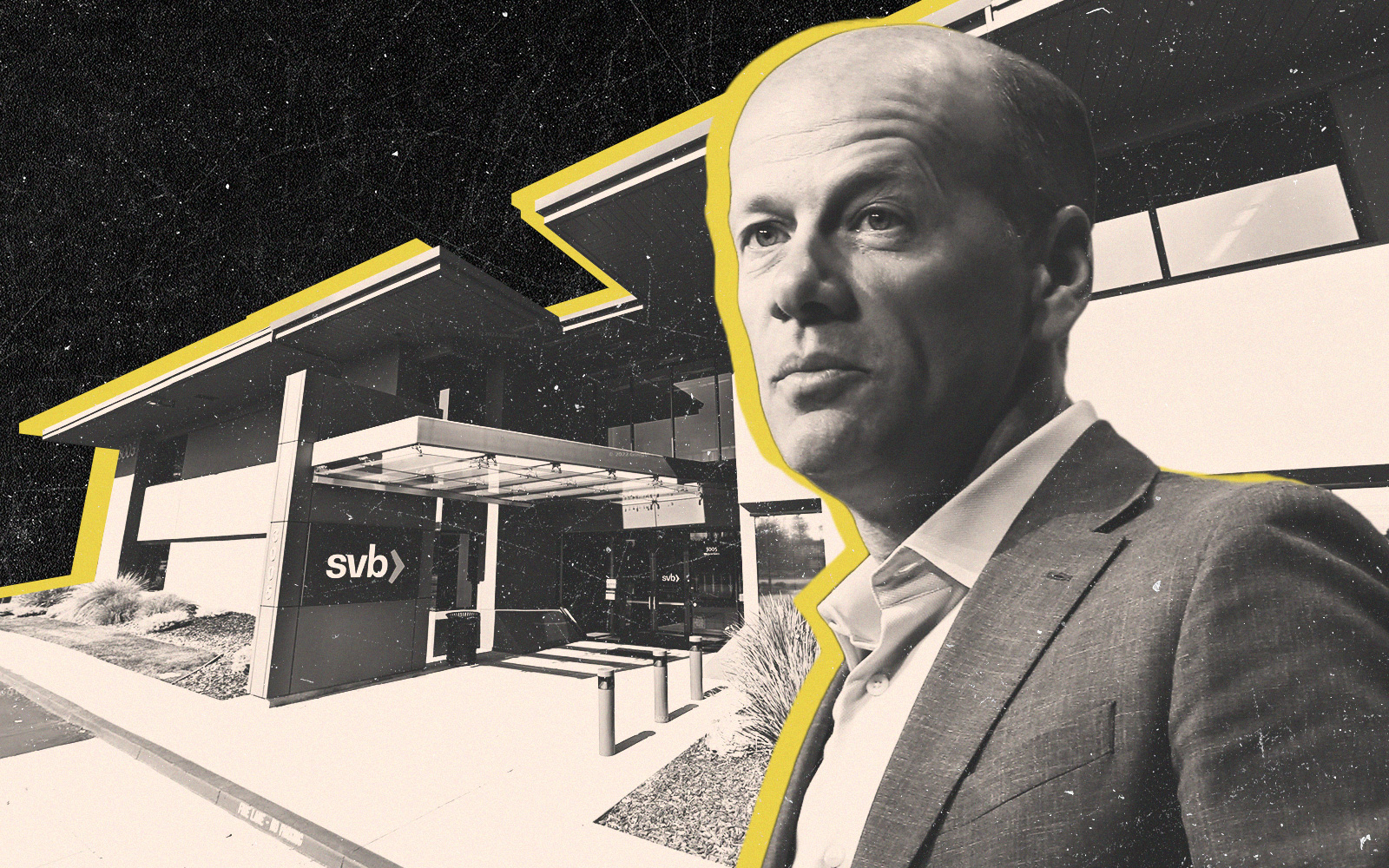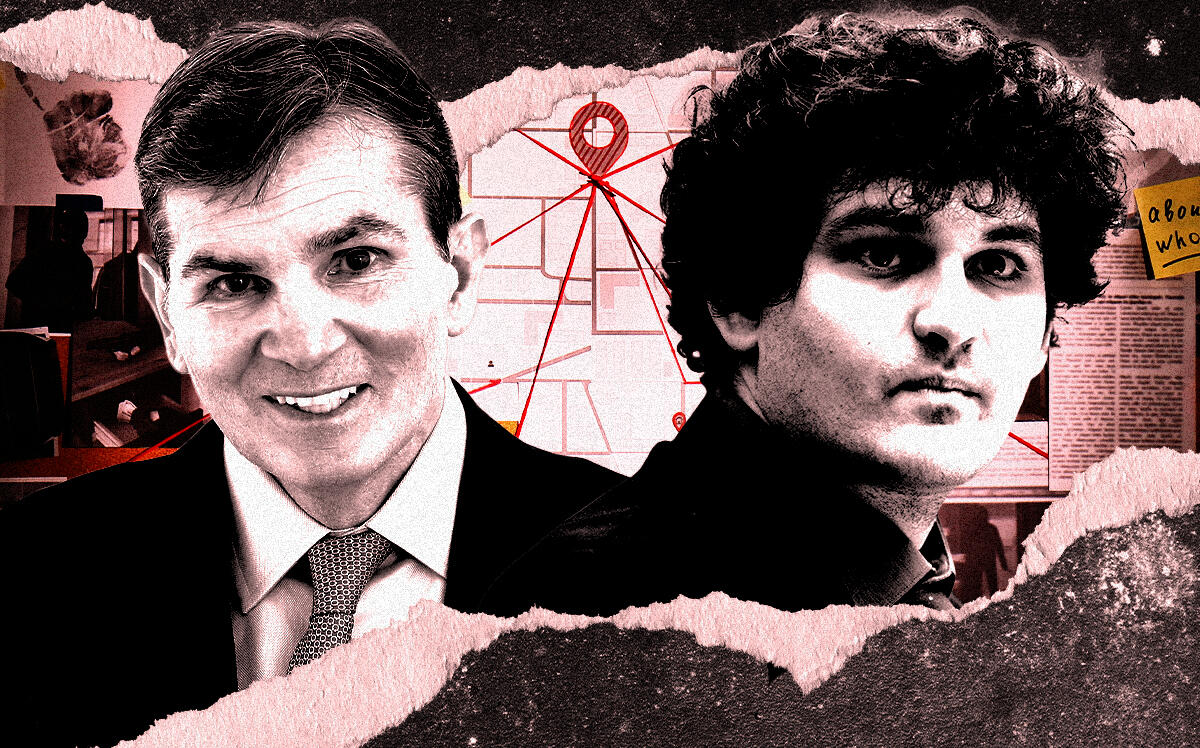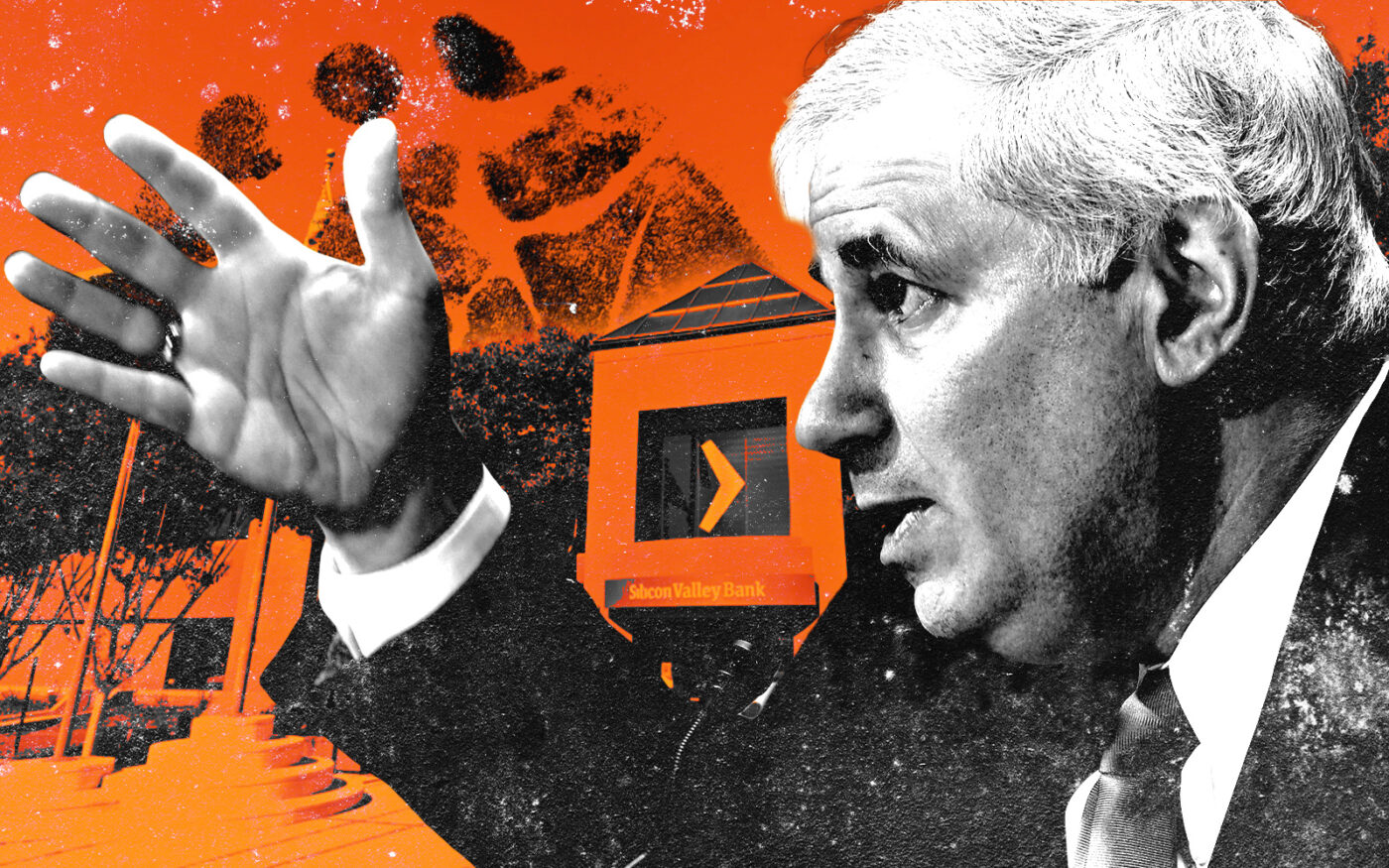As the former Silicon Valley Bank and its 17 branches reopen Monday under federal receivership, what happens to its 160,000-square-foot headquarters?
Following the bank’s failure on Friday, the fate of its Santa Clara offices at 3003 Tasman Drive and its 55 other U.S. offices depends on whether the Federal Deposit Insurance Corp. can secure a buyer for the bank, the San Francisco Business Times reported, citing a banking consultant.
SVB’s headquarters lease, part of a seven-building office campus known as The Quad, is set to expire Sept. 30, 2024. Leases for other office properties expire at various dates through 2057, according to regulatory filings. The bank had $101 million in net occupancy costs last year.
The bank has long been an anchor tenant at The Quad, which San Francisco-based TMG Partners bought in 2020 for $152 million.
Michael Wick, a 30-year veteran of the banking industry who spent six years as senior counsel at SVB and served as lead closing attorney for the FDIC’s division of resolutions and receivership before that, said it’s all about what future ownership will dictate.
He said if the FDIC can’t find a buyer, it would likely negate Silicon Valley Bank’s leases, a power granted to the agency by federal law.
“When banks were being closed in the 2008 period, the FDIC worked hard to find a buyer, and buyers typically, though not always, would acquire the bank and its real estate,” Wick, who oversaw more than a dozen bank closures between 2009 and 2011, told the newspaper.
“But ultimately it was up to that buyer what they would keep and what they would reject.”
Wick said it was likely the FDIC had already begun working to gauge industry interest in such a deal.
If a buyer does emerge, he said, whether or not it would be inclined to keep SVB’s leases for its headquarters in Santa Clara and for the 55 offices it operates across the U.S. may depend on the buyer’s existing geographical footprint.
An out-of-state buyer might appreciate the ability to simply assume SVB’s existing leases, Wick said, while a California-based buyer might see them as unnecessary.
The stunning failure of Silicon Valley Bank, which was shut down by regulators and taken over by the FDIC on Friday, sent shockwaves through the tech industry. But it could also have major implications for real estate.
Though the bank primarily lent to venture capital and private equity firms, about 15 percent of the loans on its books were secured by residential mortgages and commercial real estate, based on its 2022 financial report, according to an analysis by The Real Deal.
As the FDIC works to sell off SVB’s assets and pay out insured and uninsured deposits, these loans will have to change hands. In addition, the bank’s fall has led to a broader stock selloff that prompted stock exchanges to halt trading on a number of regional banks, including prominent commercial real estate lenders Signature Bank and First Republic Bank.
SVB held about $8.3 billion worth of loans secured by personal residence mortgages at the end of last year, and another $138 million linked to home equity credit lines.
The bank also held about $2.6 billion in commercial real estate loans. Some 35 percent of its commercial-backed loans were on multifamily properties. Office properties accounted for 21 percent.
Read more



In its annual report, SVB said its commercial-backed loans “may involve a higher risk of default compared to our other types of loans,” given uncertainty around the economy and residual effects of the pandemic on retail, hotels and offices.
SVB’s collapse marks the second-biggest bank failure in U.S. history and the largest since the 2008 financial crisis.
— Dana Bartholomew
